Features
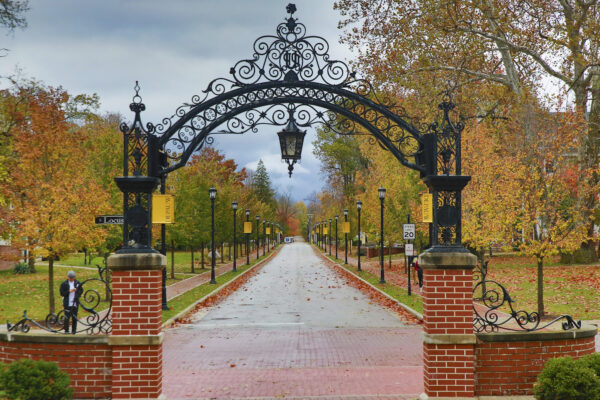
The Sky Is Falling . . . or Is It? New Data and Reflections on International Student Enrollment
Despite highly publicized concerns that interest in the United States among international students is in decline, actual international student numbers may in fact be holding fairly steady. Lucia Brajkovic and Robin Helms of ACE’s Center for International and Global Engagement look at what the future might hold.
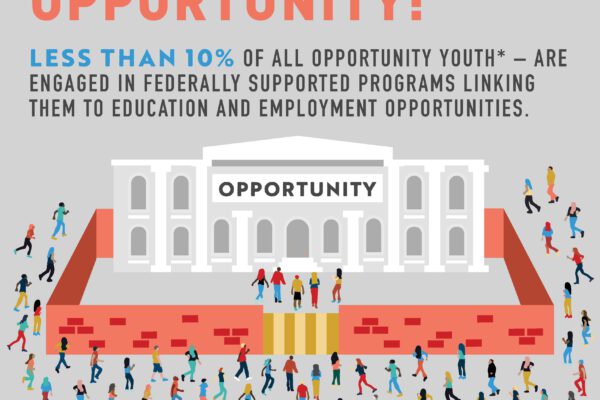
Policy Levers Leading the Way to Reentry for Incarcerated Students
We know that postsecondary education changes lives and provides a stepping-stone to prosperity. Though we recognize education’s transformative power, those who stand to benefit the most are often cut off from access—especially individuals in the criminal justice system.

Minority Serving Institutions Perform Better Than Federal Graduation Rates Suggest
A new report out from ACE’s Center for Policy Research and Strategy aims to provide a more complete picture of the contributions MSIs make to the higher education landscape and the communities in which they reside. The upshot: Ensuring the success of students of color requires further investment in the very institutions that educate them.
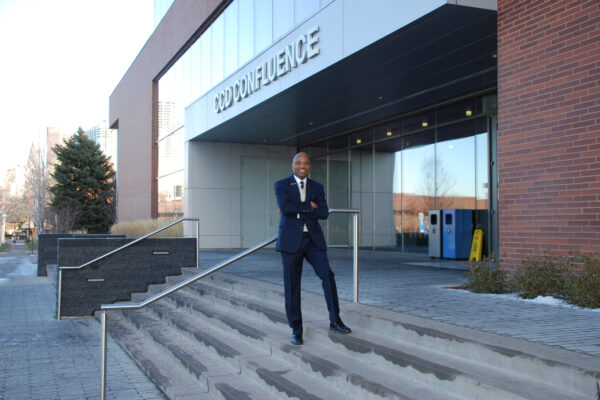
Preparing the Next Generation of Leaders
The community college student is unlike most postsecondary learners, writes Everette J. Freeman, president of the Community College of Denver. Through listening, encouragement, leading by example and giving students a sense of belonging and community, we can help them become part of the next generation of leaders.
Evaluating a Scalable Solution for Enhancing Teaching Practice
There are a variety of ways in which faculty learn, and continue to learn, about teaching. But given the increase in contingent faculty—part-time and full-time non-tenure-track faculty—who now comprise about 75 percent of all college and university instructors, the critical question is, “How do we scale faculty development efforts to reach a greater number of faculty?”
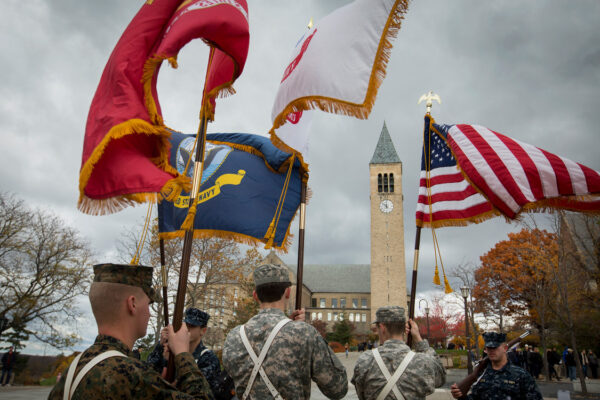
Recruiting Student Veterans at Cornell: True to Our Founding Principles
Currently, fewer than two out of every 1,000 undergraduate students enrolled in Ivy League colleges have served in the U.S. military. Cornell Provost Michael I. Kotlikoff on how—and why—the university is attempting to quadruple its enrollment of undergraduate veterans by 2020.
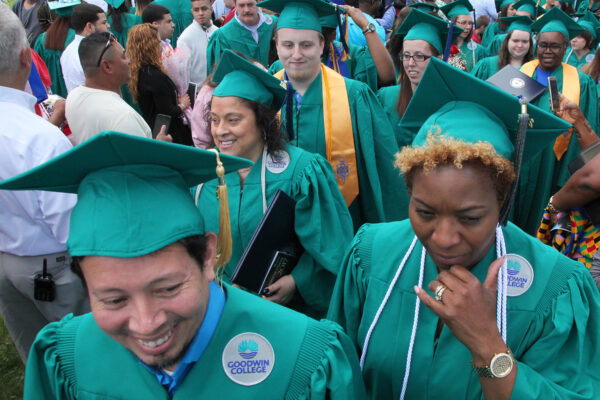
Goodwin College: Inspiring a Call for Community-Based Education
When Goodwin College moved to its present location in East Hartford, Connecticut, the university committed philosophically to creating something new to the region: a community-based educational organization that would become a vital part of the daily life of the town. Goodwin President Mark Scheinberg explains how that is working out.

Geography and College Attainment: A Place-Based Approach
Place is an influential determinant of college opportunity and success. But geography should not be destiny. States and higher education institutions should adopt policies and practices that recognize place-based disadvantage, according to Roman Ruiz and Laura W. Perna of the University of Pennsylvania.
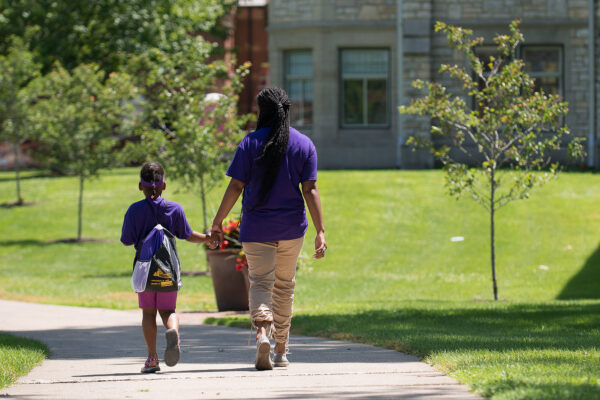
Building Family-Friendly Campuses: Strategies to Promote College Success Among Student Parents
While the share of parents enrolled in college has been steadily growing—according to the most recent data, the proportion of students with dependent children has increased 30 percent from 2004-12—the share of parenting students who complete college remains low. Melanie Kruvelis of the Institute for Women’s Policy Research looks at steps institutions can take to better understand and support students with families.

Beyond Graduation Rates: Why the Data Matter—and Why They Don’t
Carol Anderson and Patricia O’Brien of the Commission on Institutions of Higher Education in New England discuss the Graduation Rate Information Project, an initiative to address low graduation rates at the institutions their organization accredits.

Food Is a Basic Need: Dealing With Hunger on College Campuses
Wick Sloane writes that more data is needed on the issue of campus hunger before a comprehensive solution can be advanced—and on that score, an upcoming study from Government Accountability Office is a welcome development. This is the second post in a new series, Beyond the Margins: Meeting the Needs of Underserved Students.
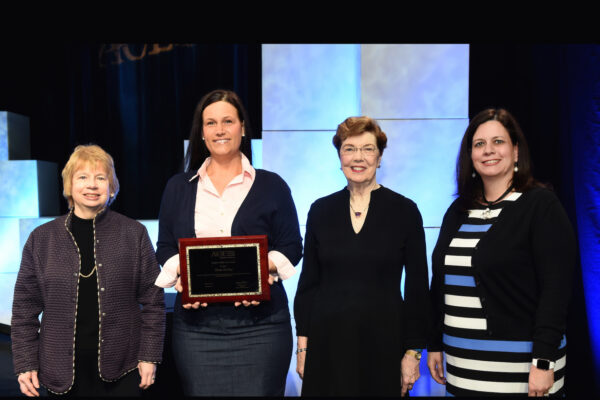
ACE at 100: Lifting Nontraditional Learners to Postsecondary Success
Helping more Americans gain access to and graduate from college has been a large part of ACE’s mission ever since the Council was formed in 1918 to help soldiers returning from World War I gain a college degree. And it continues to play a central role today, as we prepare to celebrate our centennial.